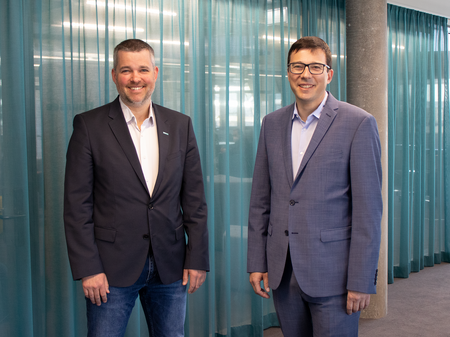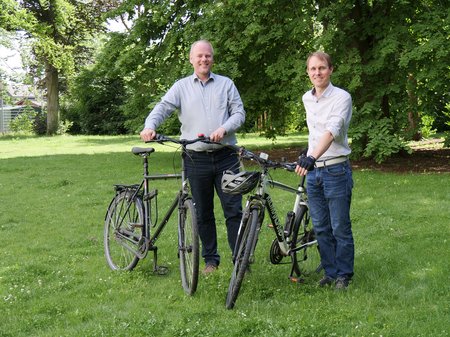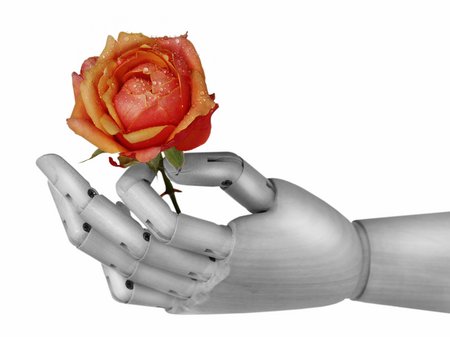A sensor is a technical component that can qualitatively or quantitatively measure certain properties of a physical or chemical nature. Examples of measurable physical properties are temperature, humidity, pressure, brightness or acceleration. Chemical properties, on the other hand, can be the pH value, the ionic strength or the electrochemical potential.
Sensor systems therefore measure information and transfer it from the physical to the virtual world. They form the basis for Industry 4.0 and make an automated and networked future possible. Without sensors, many digitized processes, such as real-time monitoring of machines or even the development of digital twins, would not be possible.
Printed electronics saves costs & resources
At SAL, the research team around Jürgen Kosel, Head of the research group "Sensor Applications", works on a wide variety of sensors based on state-of-the-art technologies. In particular, printed electronics technologies are used that make it possible to manufacture sensors with minimal material and energy consumption.
Jürgen Kosel on printed electronics: "Printed electronics can be realized on practically any material, which is why it is possible to implement digitization on any part or product. In addition, it can also be used to produce sensors from regenerative materials that subsequently biodegrade."
Component "electric waste" makes sustainability necessary
"The global need for more sustainable and flexible electronics is steadily increasing. This is particularly important as electronic waste is already the fastest growing waste component across the EU. In our lab, we work on a wide variety of projects. We print electronics on industrial filters, we use them in quality assurance in wood product manufacturing or optimize prostheses or household appliances. Furthermore, our electronics are also used in robotic applications. Even biodegradable chemical sensors are an issue for us. The areas of application are endless," says Kosel.
Sustainable sensor technology at SAL
The research activities on printed electronics at SAL are now internationally renowned. For example, the "Biface Sensor" printed on conventional paper was used to measure temperature, strain as well as humidity wirelessly. Both sides of the paper were even used to minimize material consumption. As a result, the sensor won the prize for the best electronic product at the international 5E competition.
Further projects in this are: ROSE (silicon-austria-labs.com), Smarter Leichtbau 4.1 (silicon-austria-labs.com)
Are you also interested in printed sensor technology? Please feel free to contact us and discuss possibilities of cooperation: businessdevelopment@silicon-austria.com










